categories
Studying Birds
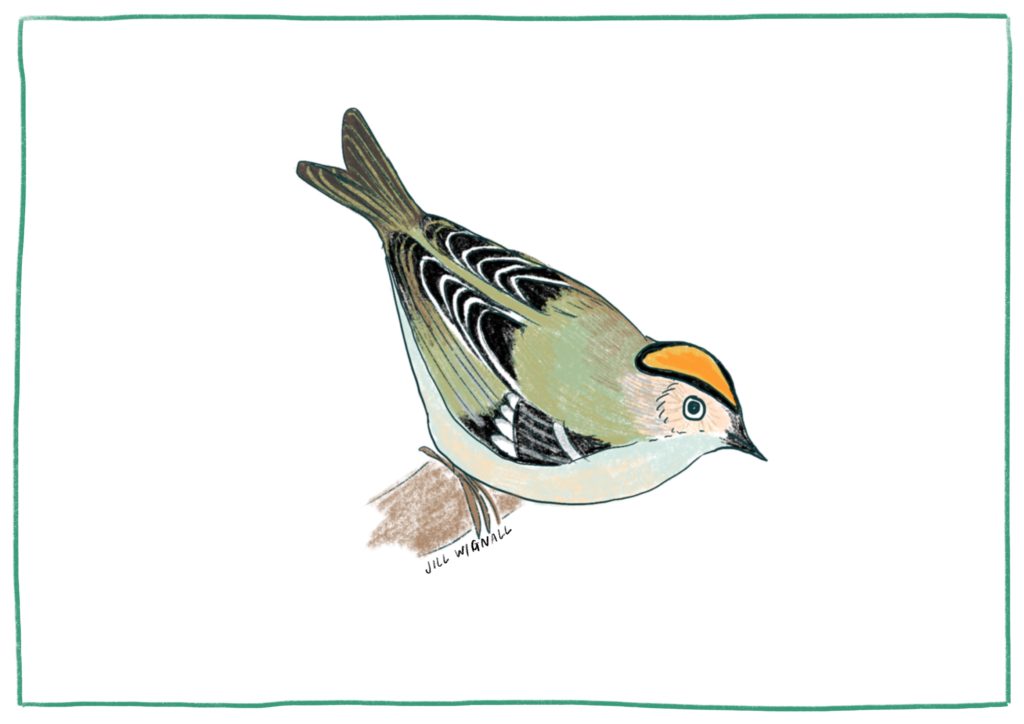
Local Birds of Your Area
The most accessible birds to study are those in your area. At first you may think there are no interesting birds in your area, just the most common ones. But as you start to look and notice what’s around you, you may be pleasantly surprised. Often the most common birds bring delight. Here in England the Robin is a common sighting and yet so many people love the Robin and see it as a symbol of the British nature.
I used to work in a small park in inner city London and I was so delighted at the birds I saw there; a nuthatch nesting, woodpeckers, song thrush and many more. As we notice those birds we build a relationship with them, we get to know their behaviour, what they like to eat, where and how they nest. That relationship with the creatures in your local area becomes the foundation of other learning about birds elsewhere, or birds you haven’t seen yet.
You can take regular visits to a local space where you may see birds. This might be a park, a neighbour’s garden, a bit of wasteland. As you sit and watch the bird each time you will get to know that space and the birds who visit. What do they eat? Which trees to they like most? What are they doing? How do they behave? If your child isn’t yet interested in watching the birds they will benefit from seeing you enjoying, watching and observing. If sitting still is not something they want to do there are other ways of learning about birds that I’ll cover in this post.
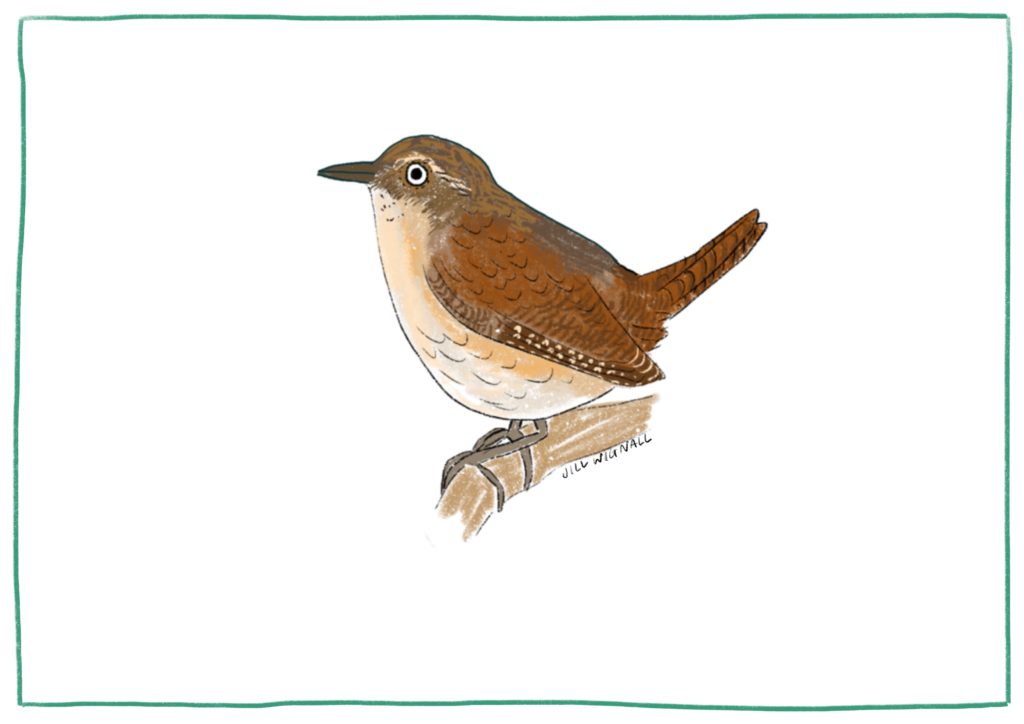
Bird Song
Bird Songs are something we’ve become out of touch with. It isn’t always easy to recognise a birds call, and I’m not sure if I could recognise more than about three birds just by their call, having said that, it’s not something that I have put my mind to or payed much attention to, as I tend to be more interested in visual activity rather than auditory. Your family or child may enjoy auditory activity. And if that is something they are drawn to, go with it! Perhaps you’re little one will notice when they hear a bird call, ‘What’s that?’ they ask. You could use this opportunity to watch the birds, look in the direction of the call and try to figure out who is making the call or song. Soon you will know the call of the most common birds and you can extend your knowledge from there. There are apps online that help with recognising bird call, however, I also think that it’s enjoyable to take things at leisurely pace and slowly allow your knowledge to develop through experiences.
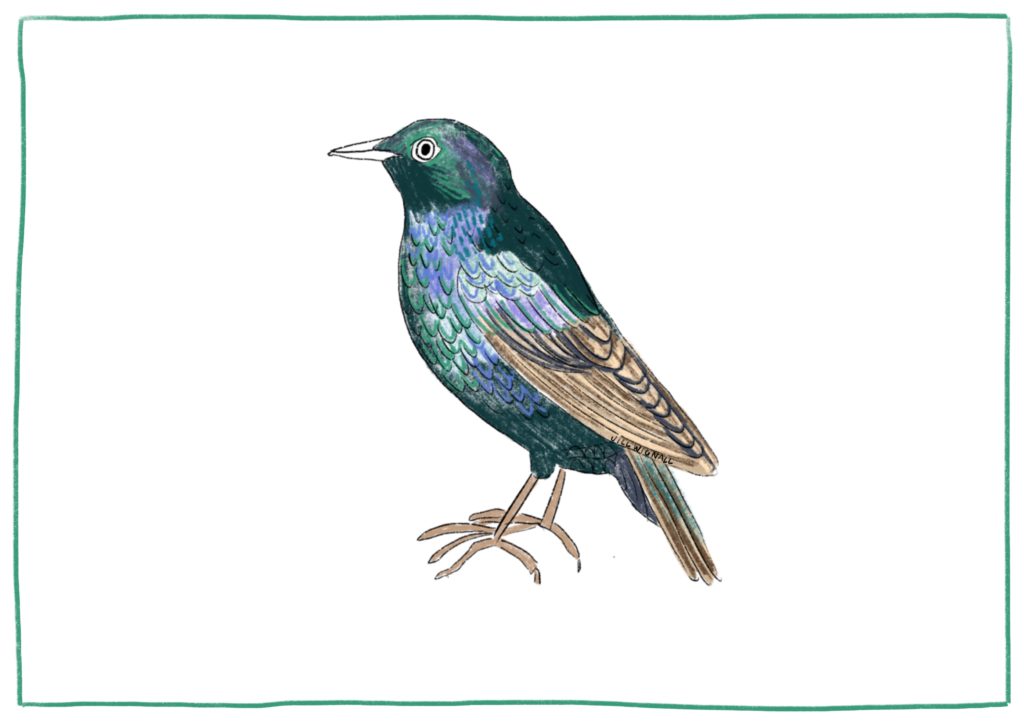
Identification
Identifying birds with young children involves being able to watch the birds long enough to see noticeable features such as a red breast, yellow crown, interesting shaped bill, tail length, size and behaviour. I would recommend starting with one very common bird, taking some time to look at a picture of the bird, or perhaps reading a story that has the bird as a character. You could talk about some of the features such as it’s colourings, tail or size. Then, when you go out you can look for that bird. When you see it you can talk about how you know that it was that bird. Once your child recognises one bird, they’ll soon want to know more. Together you can build your knowledge and expand your list of birds that you know and recognise.
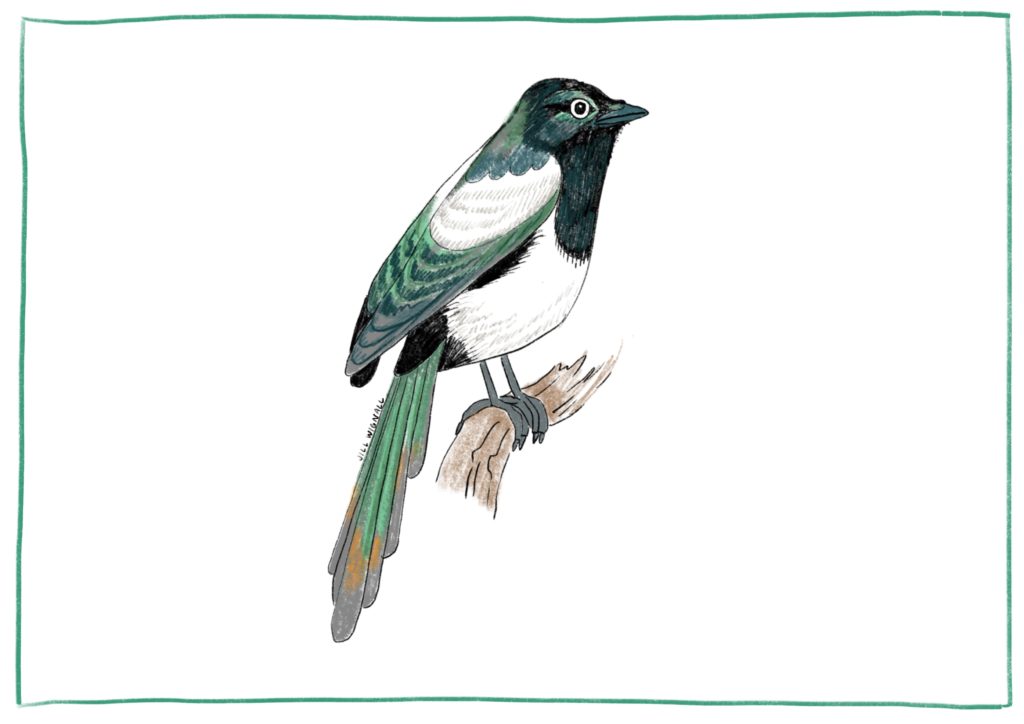
What Birds Eat
We can attract birds to a space with food. It may be your garden or perhaps is a local natural space. I see on my walk along our local canal that a little food is often sprinkled on the tops of the fence posts for the birds and I’ve often seen a Robin enjoying the crumbs. My Mum is a birdwatcher and loves attracting all kinds of wildlife to her garden (including 5 hedgehogs!), each morning she puts out fats, seeds, nuts and meal-worms for the birds to enjoy. Although, it comes with responsibility and she makes sure that in wintertime she or a neighbour is able to continue feeding the birds, even if she is away. Noticing what birds eat in the wild is also a way of building our knowledge about the vastly varied lives of bird species. Some birds flit between trees searching for tiny insects on bark, some wade in water and wait as still as statue before snatching a fish, some, like the sparrowhawk at my parents house, swoops into the garden and grabs a young sparrow before heading to a tree to enjoy it’s meal.
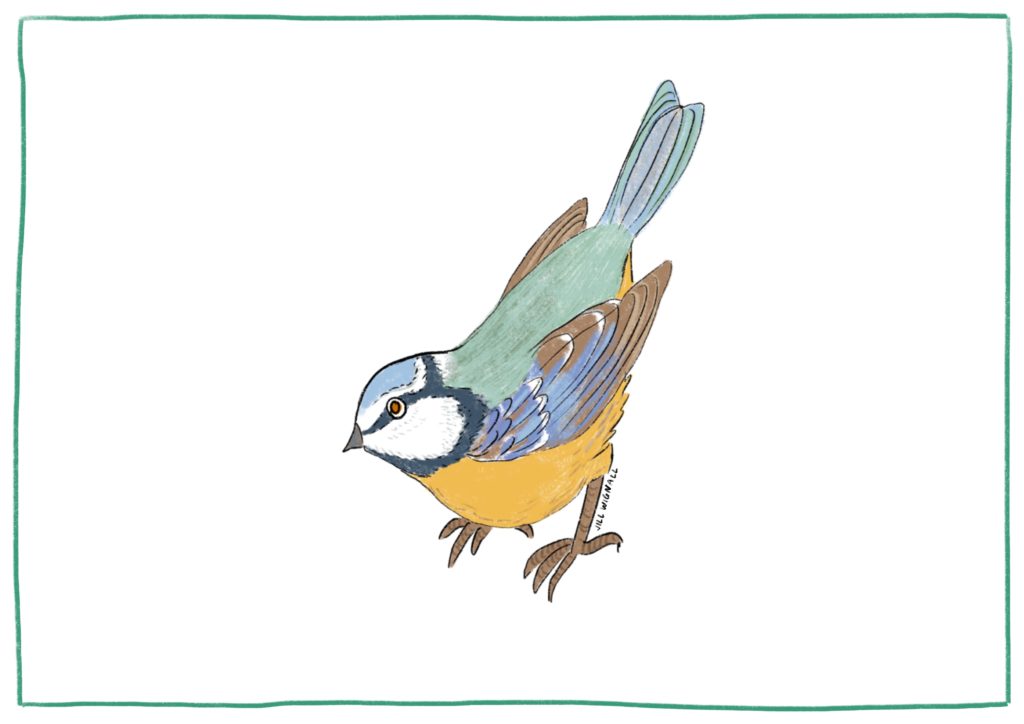
Migration
It wasn’t until creating The Little Oak Learning Club’s November Field Guide to Birds that I learnt a little about migration. What a fascinating topic! It’s so interesting to learn that some of our common birds, hear in England, migrate thousands of miles every year. Even one of our most common birds, the starling, migrates. In the wintertime the starlings we see have come from the north and in the summer they have some from the south. It would be easy to think it’s the same starling that we see all year round but that isn’t the case. Learning about birds journeys is fascinating and I encourage you to explore this topic through books, visits and other media.
A Note On Birds
The thing I love about birds is their diversity. There are birds that live on lakes, out at sea, in the English countryside, on deserted islands in the north, at Antarctica, in busy cities. Birds are everywhere! Some eat fish, some insects, plants or mammals. There are birds that are the size of a bee and birds that are stronger than humans. There are birds that seem kind and birds who act mean. Birds that choose a mate for life and birds that don’t. Birds that have a large brood twice a year and birds that only have one egg. Birds that isolate themselves and birds who work together in a group. Birds are part of our history, their symbolism in our folk tales. For every place I go and every experience I have, there is a bird not far away, joining me in this world.
JOIN THE CLUB
PURCHASE THE BIRD FIELD GUIDE
CATEGORY
11/17/2019
COMMENT LOVE